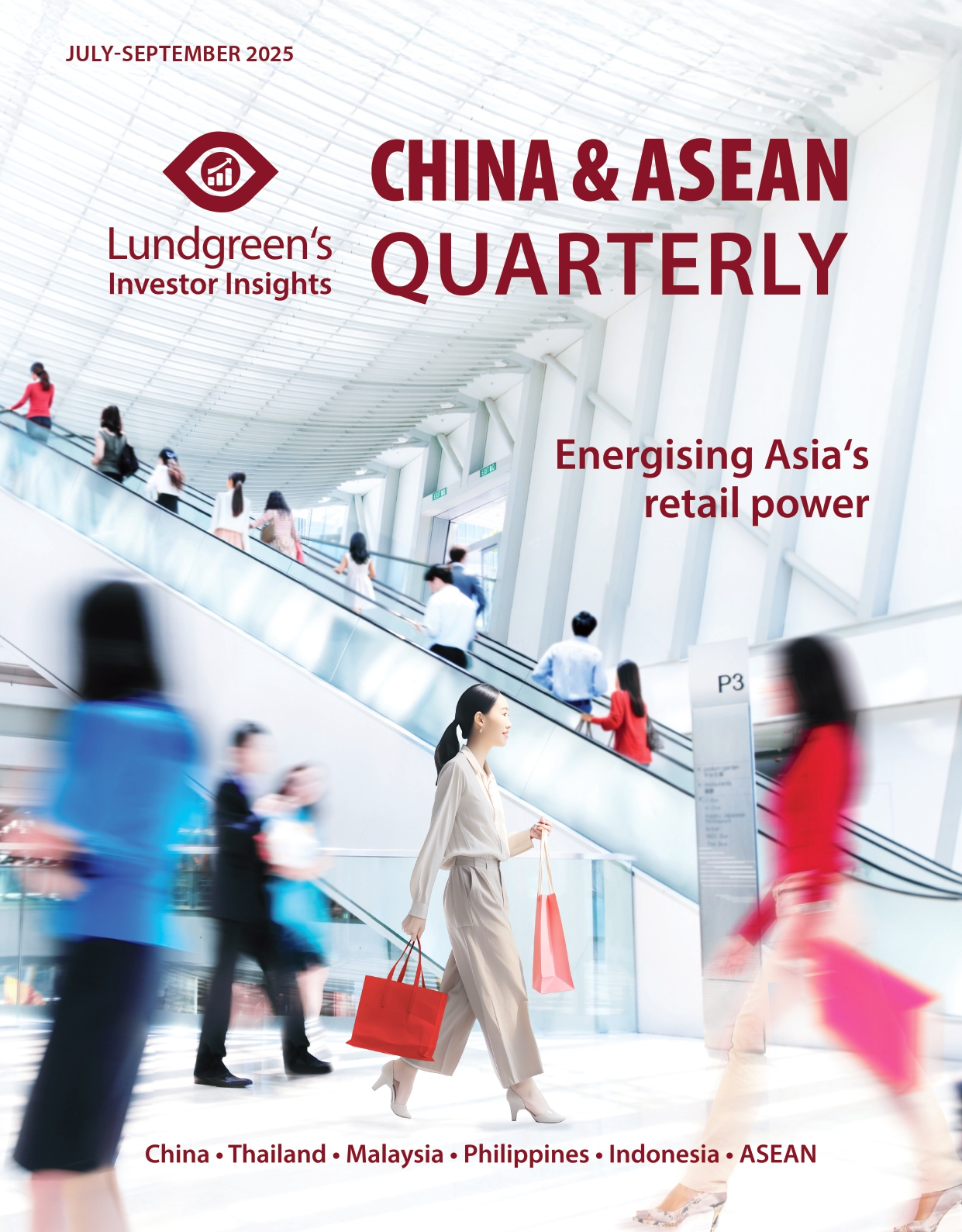Next Week in China: 8-12 September 2025
Major Data Releases:
- 8 September: China to report August trade balance
- 8 September: China to report August import and export year-on-year growth rates
- 10 September: China to report August M0, M1 and M2 money supply growth rates
- 10 September: China to report August Total Social Financing (TSF)
- 10 September: China to report August new renminbi loans
- 10 September: China to report August Consumer Price Index (CPI)
- 10 September: China to report August Producer Price Index (PPI) for the industrial sector
Next week, economic data releases return to their usual volume with seven major reports coming from Mainland China.
For CPI, we expect year-on-year inflation to fall back to around -0.1 per cent for August, and expectations of “anti-involution” interventions to soften the year-on-year decline in PPI to -2.8 per cent (July: -3.6 per cent). In August, CPI continued to edge up month-on-month but remained weak compared to a year ago. July’s uptrend is unlikely to be extended as price increases in motor fuels and household appliances may be one-off. The upward trend in crude oil reversed in August, with Brent prices down 3 per cent month-on-month and 14.8 per cent year-on-year. Household appliances also did not show a sustained uptick. Further, the rise in travel prices is seasonal: travel usually declines in September and October. Vegetable prices rose in August due to seasonal factors, but the magnitude did not exceed the historical range.
At a photovoltaic (PV) industry symposium on 19 August, China’s Ministry of Industry and Information Technology stated it would strengthen investment management for industry projects concerning solar panel production and, through market- and law-based approaches, promote the orderly exit of outdated capacity. The ministry also called for industry associations to advocate fair competition and orderly development. Against the backdrop of “anti-involution” relying more on industry self-discipline to end price wars, policy implementation may take longer, thus providing some support for a pickup in PPI.
Financial conditions continue to diverge but remain accommodative in August. We believe the financial data will carry forward July’s features. In August, aggregate social financing is expected to maintain a relatively high growth rate, supported by government bond financing, corporate direct financing, and foreign-currency loans. Renminbi lending will likely be moderate in total while optimizing its structure, influenced by four factors: (1) substitution by direct financing; (2) rising expectations of RMB appreciation, coupled with Chinese firms’ “Going Global” demand which will further raise demand for foreign currency-denominated loans; (3) ongoing efforts by financial firms to curb inflated or circular lending; and (4) the gradual impact of recent initiatives by relevant authorities to clear overdue loan payables. Renminbi loan demand may decline after corporate receivables are paid.
On money supply, both M1 and M2 are expected to continue to grow faster. China’s stock market was active in August and is likely to keep prompting a shift in household deposits, pushing available liquidity higher.
China stocks mostly sank week-on-week to snap weekly gains recorded in August. As of Thursday, 4 September, the MSCI China Index had increased by 0.07 per cent versus the previous week’s close. In contrast, the Shanghai Composite Index declined by 2.39 per cent, the Shenzhen Component Index slid by 4.55 per cent, and the ChiNext Index dropped 3.94 per cent. During this period, large-cap stocks outperformed small and mid-cap stocks. From a style perspective, value stocks outperformed growth stocks.
Looking ahead, although July economic data weakened due to policy, technical, and weather-related factors and as the year-on-year growth of broad fiscal spending in July slowed to 12.1 per cent (June: 17.6 per cent), the broad fiscal stance remained accommodative. The fiscal deficit reached RMB 352.5 billion (USD 49.4 billion), an increase of about RMB 213.4 billion (USD 30 billion) year-on-year, which may be key to stabilizing domestic demand and boosting market confidence going forward. At the micro level, although the year-on-year growth of corporate net profits in interim reports may be roughly flat versus the first quarter, 2025 annual reports may show some resilience given base effects, while demand-side support may not materialize until 2026. However, “anti-involution” policies have strengthened expectations for improved supply-demand dynamics in midstream materials and manufacturing, which could optimize industry structure and support profitability. Consensus that the market is entering an upward trend is gradually strengthening. China’s strong economic fundamentals, domestic liquidity, and overseas liquidity have all seen improvements, but a full-fledged bull market still requires the accumulation of additional positive factors.
This piece has been co-produced with Yiyi Capital Limited in Hong Kong, a China specialist and a part of a global financial services group.






